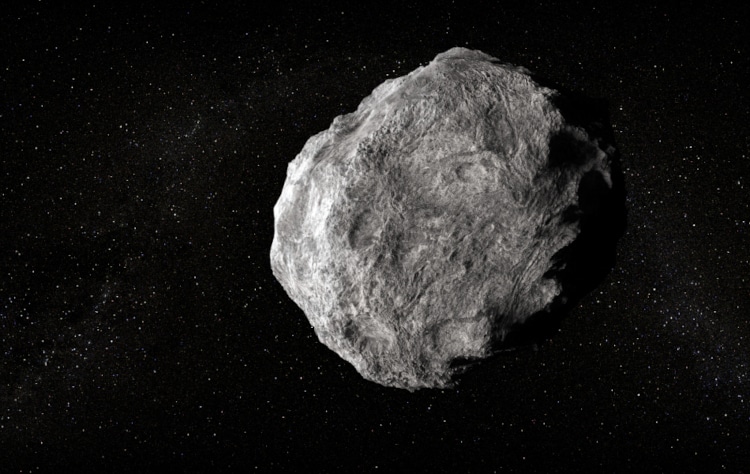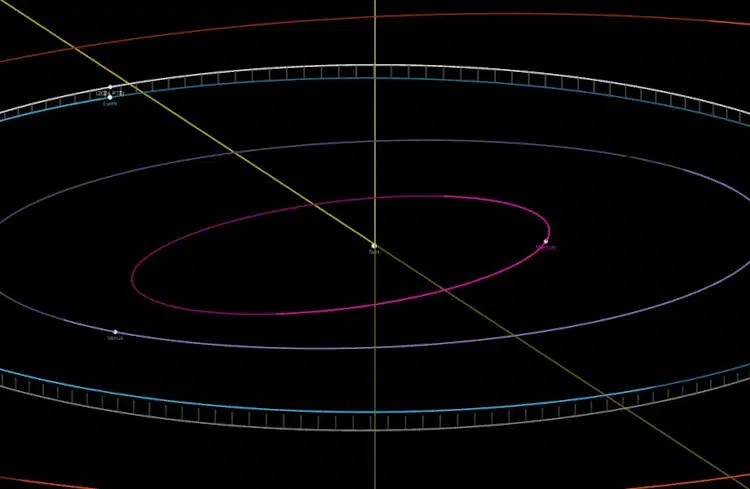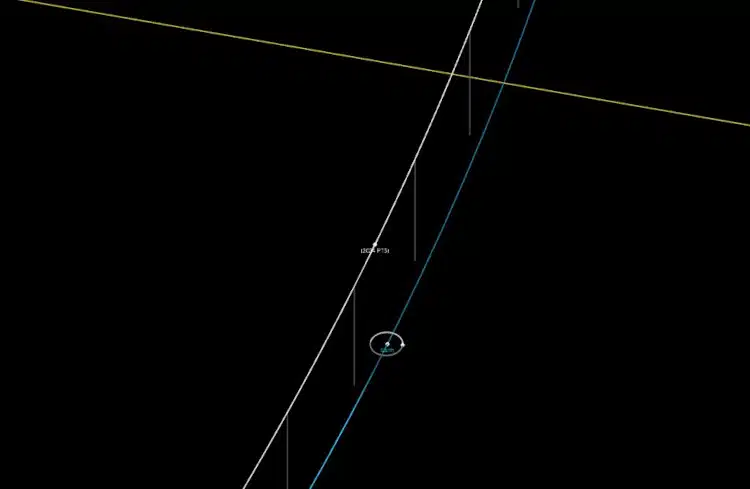
Photo: Mopic/Depositphotos (Not a photo of the actual asteroid)
For most of the last 4 billion years, the lonely Moon has kept Earth company. But on rare occasions, our planet’s gravitational has brought other celestial bodies into its orbit. This is exactly how Earth will gain a “mini-moon” in less than two weeks, when a tiny asteroid known as 2024 PT5 circles our planet for a little under two months.
The upcoming mini-moon is thought to have originated from the Arjuna asteroid belt, a group of rocks that orbit the sun close to our planet. Spotted by the Asteroid Terrestrial-Impact Last Alert System (ATLAS) in August, 2024 PT5 is just 33 feet (10 meters) wide, and is bound to make one complete orbit of our planet between September 29 and November 25 before escaping Earth’s gravity.
Though rare, it is not the first time something like this has happened. In 2022, an object known 2022 NX 1 was also caught by our planet’s gravity and orbited us for a while before pulling away.
“Earth can regularly capture asteroids from the Near-Earth object (NEO) population and pull them into orbit, making them mini-moons,” Carlos de la Fuente Marcos and Raúl de la Fuente Marcos wrote in a paper published in the journal Research Notes of the AAS. “The recently discovered Apollo-class NEO 2024 PT5 follows a path that resembles that of 2022 NX1 and may soon become a mini-moon.” Near-Earth objects are those that come within about 120 million miles (190 million kilometers) of Earth.
Some asteroids from this and other neighboring belts can approach Earth at a close range of around 2.8 million miles (4.5 million kilometers) and at low velocities of around 2,200 mph (3,540 km/h), allowing them to be classified as “mini-moons.” Under these conditions, their geocentric energy can become negative, making the object temporarily bound to Earth.
As exciting as this is, it won’t be easy to follow for amateur space lovers. “The object is too small and dim for typical amateur telescopes and binoculars. However, the object is well within the brightness range of typical telescopes used by professional astronomers,” De la Fuente Marcos told Space.com. “A telescope with a diameter of at least 30 inches plus a CCD or CMOS detector are needed to observe this object, a 30 inches telescope and a human eye behind it will not be enough.”
Once it leaves our planet, 2024 PT5 will return to the Arjuna belt and rejoin its sun-based orbit. Due to the belt having an orbit around the Sun that is very similar to our planet’s, astronomers think the asteroid will orbit Earth again in January 2025 and 2055.
Earth will gain a “mini-moon” in less than two weeks, when a tiny asteroid known as 2024 PT5 circles our planet for a little under two months.

Photo: NASA JPL Small Body Lookup Database
PT5 is just 33 feet (10 meters) wide, and is bound to make one complete orbit of our planet between September 29 and November 25 before escaping Earth’s gravity.

Photo: NASA JPL Small Body Lookup Database
h/t: [Space.com]
Related Articles:
Scientists Think Some Asteroids May Contain Elements Unheard of on Earth
Scientists Discover Where the Asteroid That Killed the Dinosaurs Came From
NASA’s First Asteroid Sample Has Finally Landed on Earth
NASA Releases Stunning New Photographs to Celebrate Chandra Space Telescope’s 25th Anniversary
